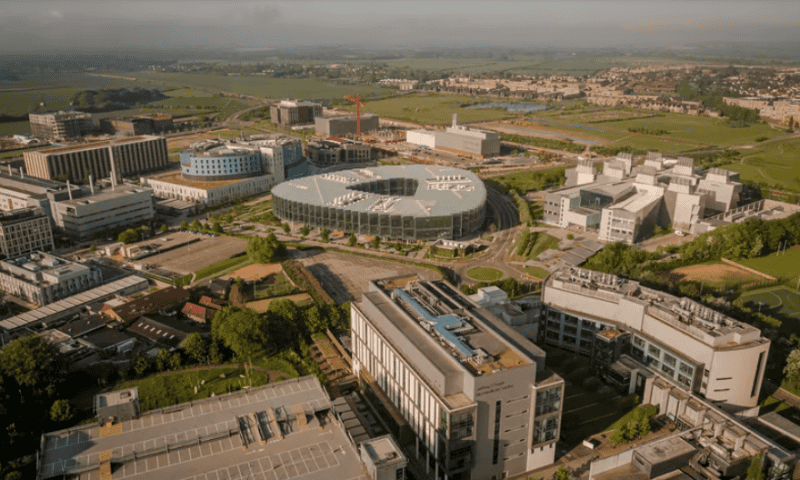AstraZeneca’s growing presence in China will play a key role in the Big Pharma’s cell therapy strategy, CEO Pascal Soriot told investors as he set out a bold ambition to almost double global revenues to $80 billion by 2030.
Innovation in China has “exploded,” Soriot explained in his presentation to kick off an investors’ day at AstraZeneca’s Discovery Center in Cambridge, U.K. “They are extremely fast and extremely innovative in the new technology and new medicines that are developing.”
The company already has an R&D center in Shanghai, and Soriot said China “has become a very fundamental part of our R&D network in many ways.”
The CEO alluded to AstraZeneca’s flurry of China-focused dealmaking over the past two years, which has included acquiring Gracell Biotechnologies and its CD19 dual-targeting autologous CAR-T for $1 billion as well as paying $24 million for the rights to Usynova’s small molecule inhibitor.
“We also intend to actually leverage our Chinese presence for cell therapy,” Soriot added. “Cell therapy in China has a very specific aspect to it, which is in the early phase of clinical development you can move much faster than anywhere else in the world.”
He continued: “We have the ability to leverage that specificity, which is mostly regulatory-driven, but also the way people operate, that will help us save time and be much faster.”
“It’s important to actually connect with that new world of innovation and partner with it so we can actually benefit from it but also help them globalize their medicines,” the CEO said.
The main event at today’s presentation was unveiling Soriot’s ambition to grow revenues from a 2023 level of $45.8 billion to $80 billion by 2030. This growth will be driven by existing blockbusters Enhertu and Imfinzi as well as a planned launch of 20 new medicines including antibody-drug conjugates and the oral selective estrogen receptor degrader camizestrant.
AstraZeneca estimates that “many” of these new drugs have the potential to generate more than $5 billion of peak-year revenues. In fact, the $80 billion figure is risk-adjusted, Soriot pointed out, and there is potential to exceed this level if some of the new drugs are “very successful” and stretch to multiple indications.
Beyond China, AstraZeneca hasn’t let up on the drive for dealmaking over the past year, with standouts including the $2 billion acquisition of targeted radiotherapy specialist Fusion Pharmaceuticals in March and the $800 million buyout in March of endocrinology biotech Amolyt Pharma.
The pharma’s M&A strategy “accelerated” over the last 18 months, Soriot said. “Now, the focus of the teams is execution, integration of all these technologies, and we’ve made very good progress doing this.”

